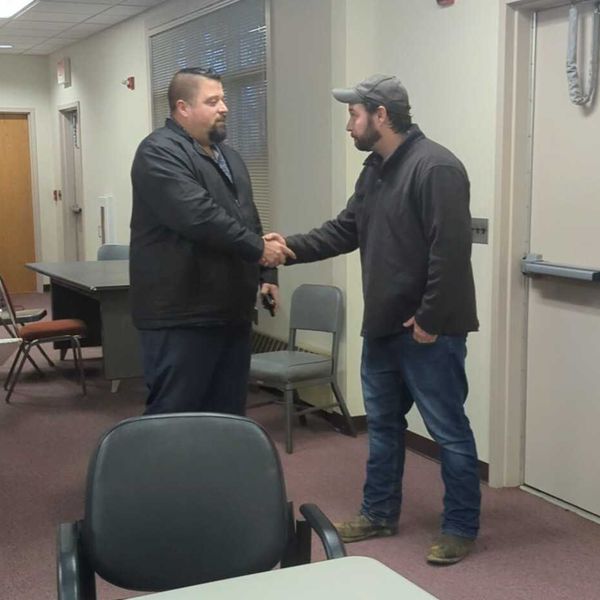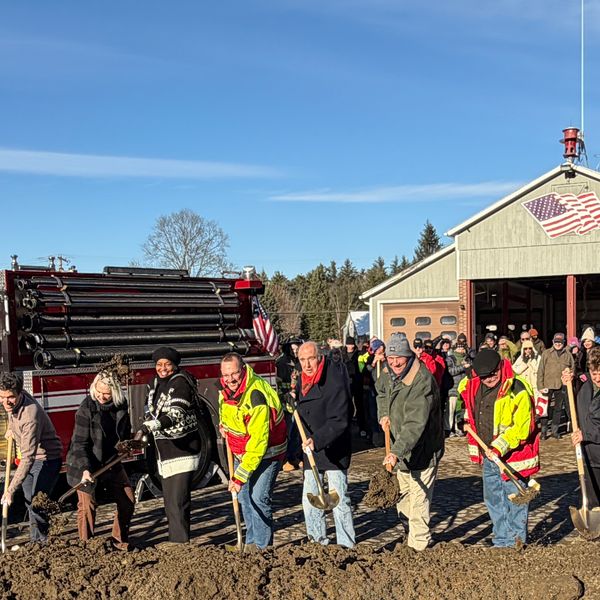Mr. Wonderful invests in CowPots; $200K for 20%

Amanda Freund, along with Bessie the cow, appear on the television show “Shark Tank” to seek an investment for the CowPots made on her family’s farm in East Canaan. She came away successfully.
Photo provided
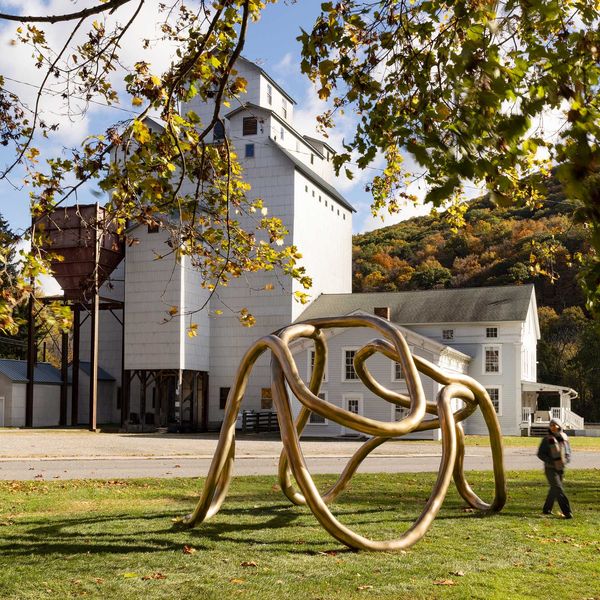
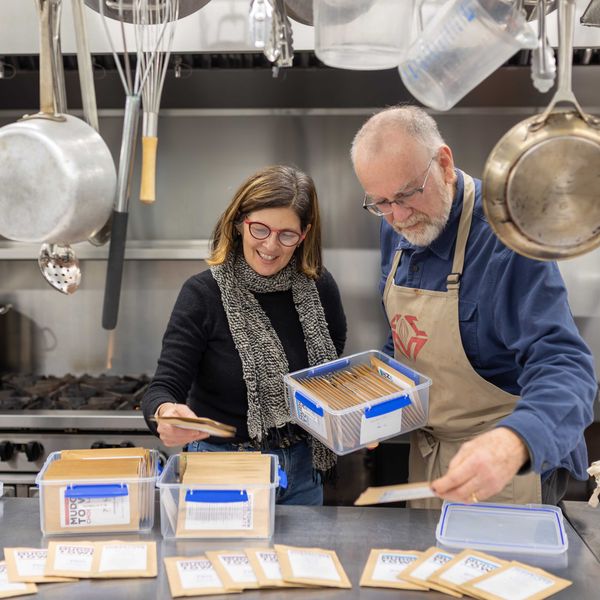
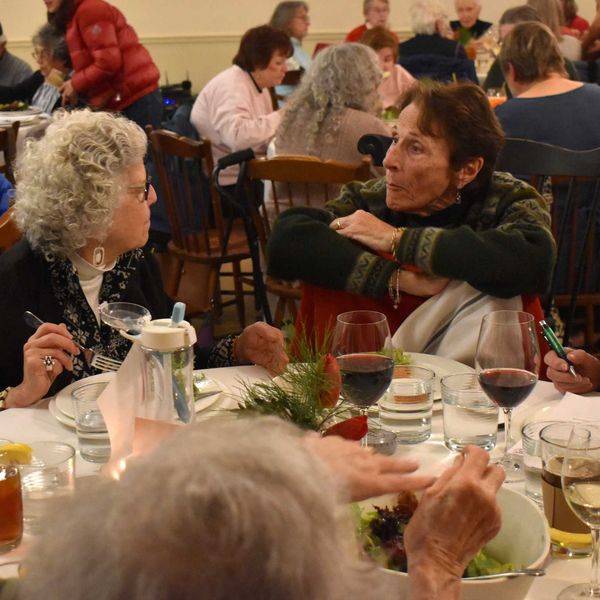
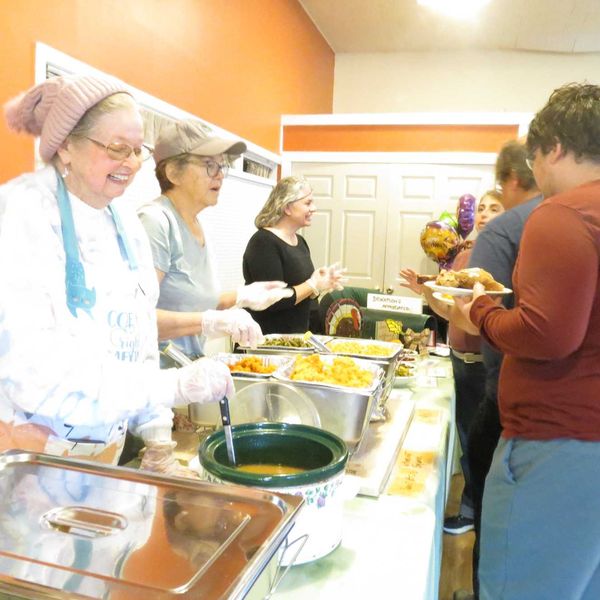
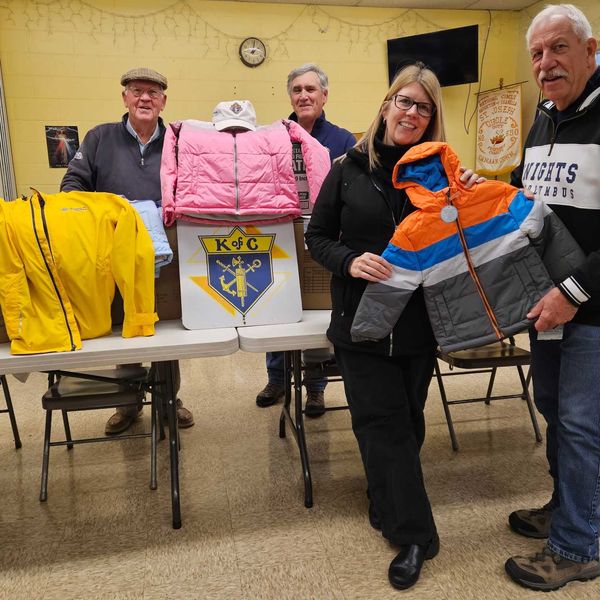
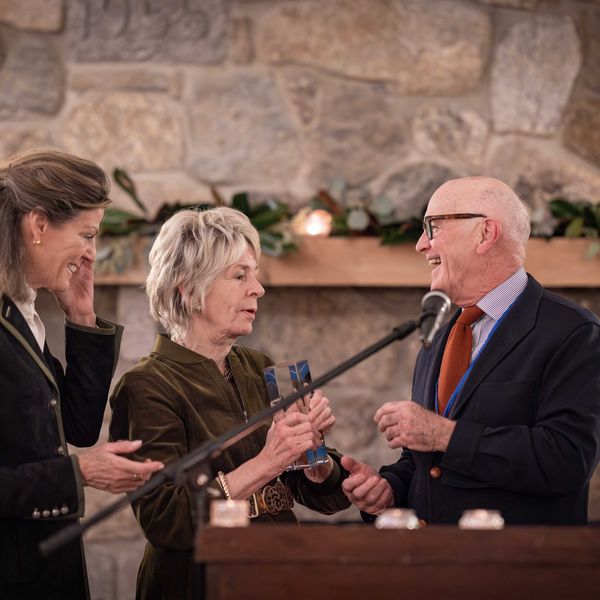

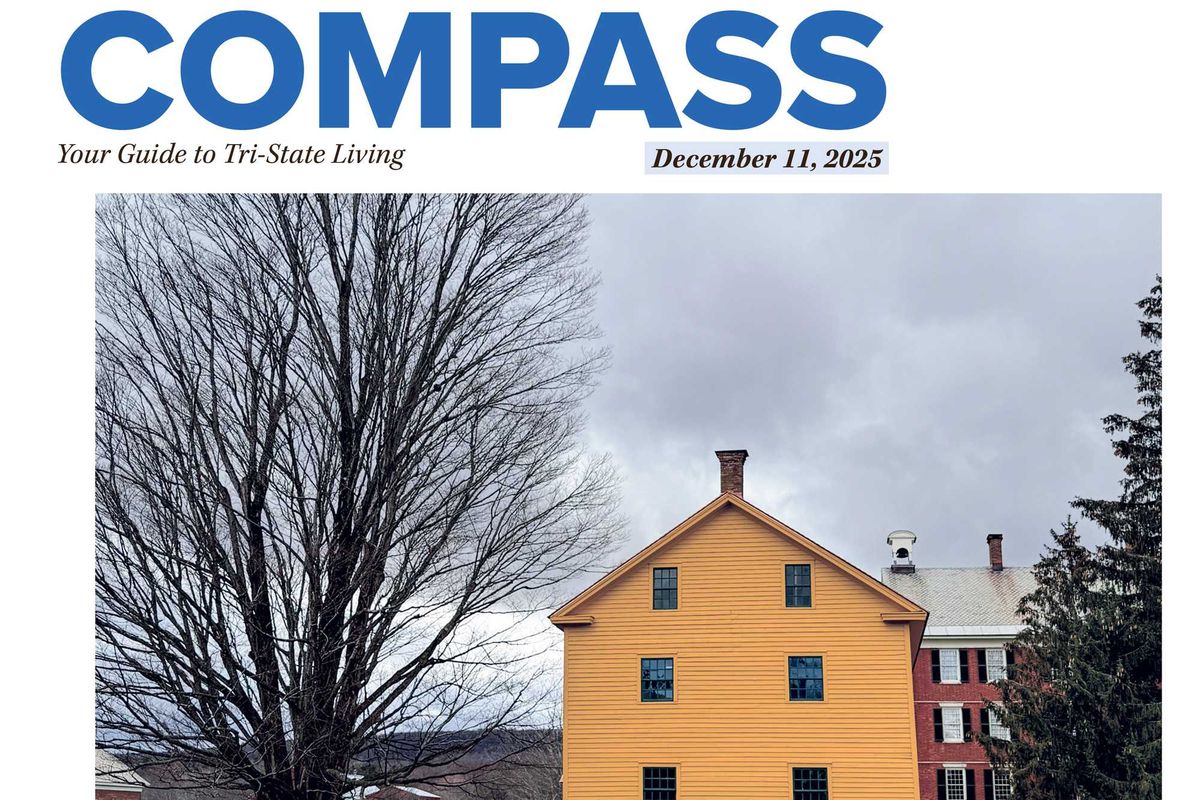
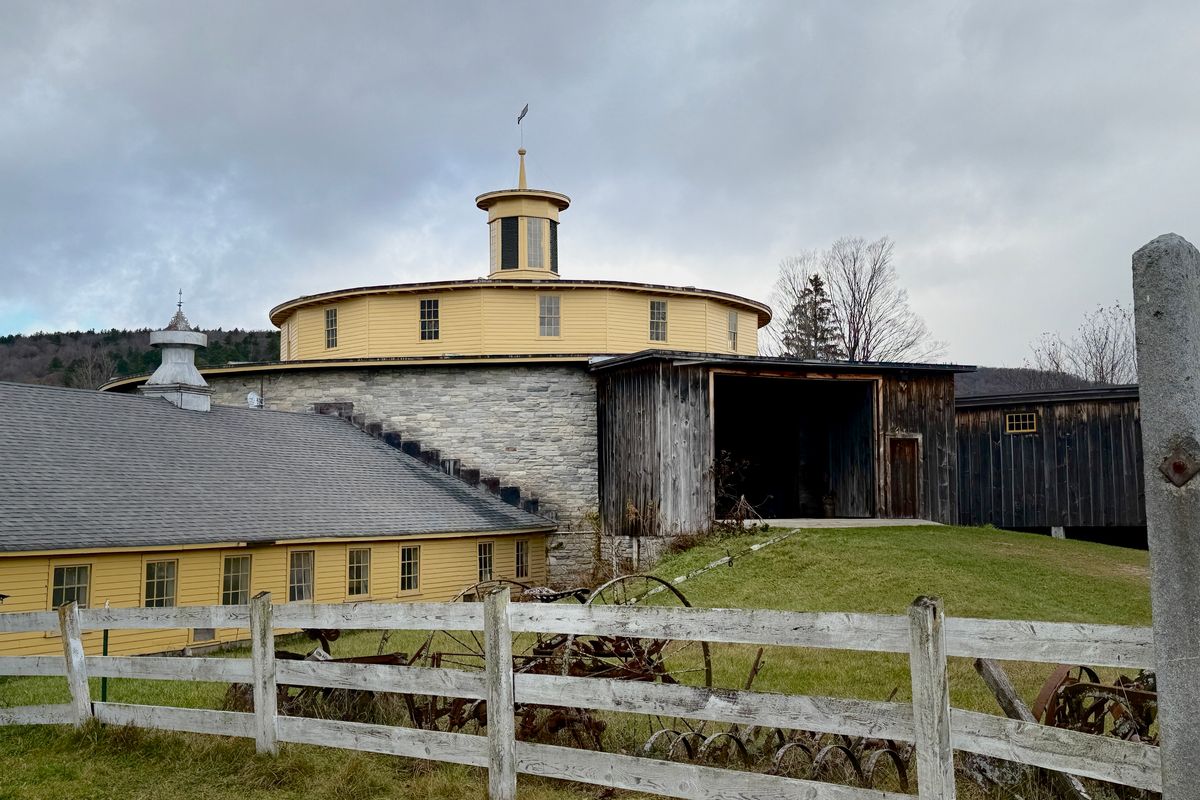
 Shakers referred to their farm as the City of Peace.Jennifer Almquist
Shakers referred to their farm as the City of Peace.Jennifer Almquist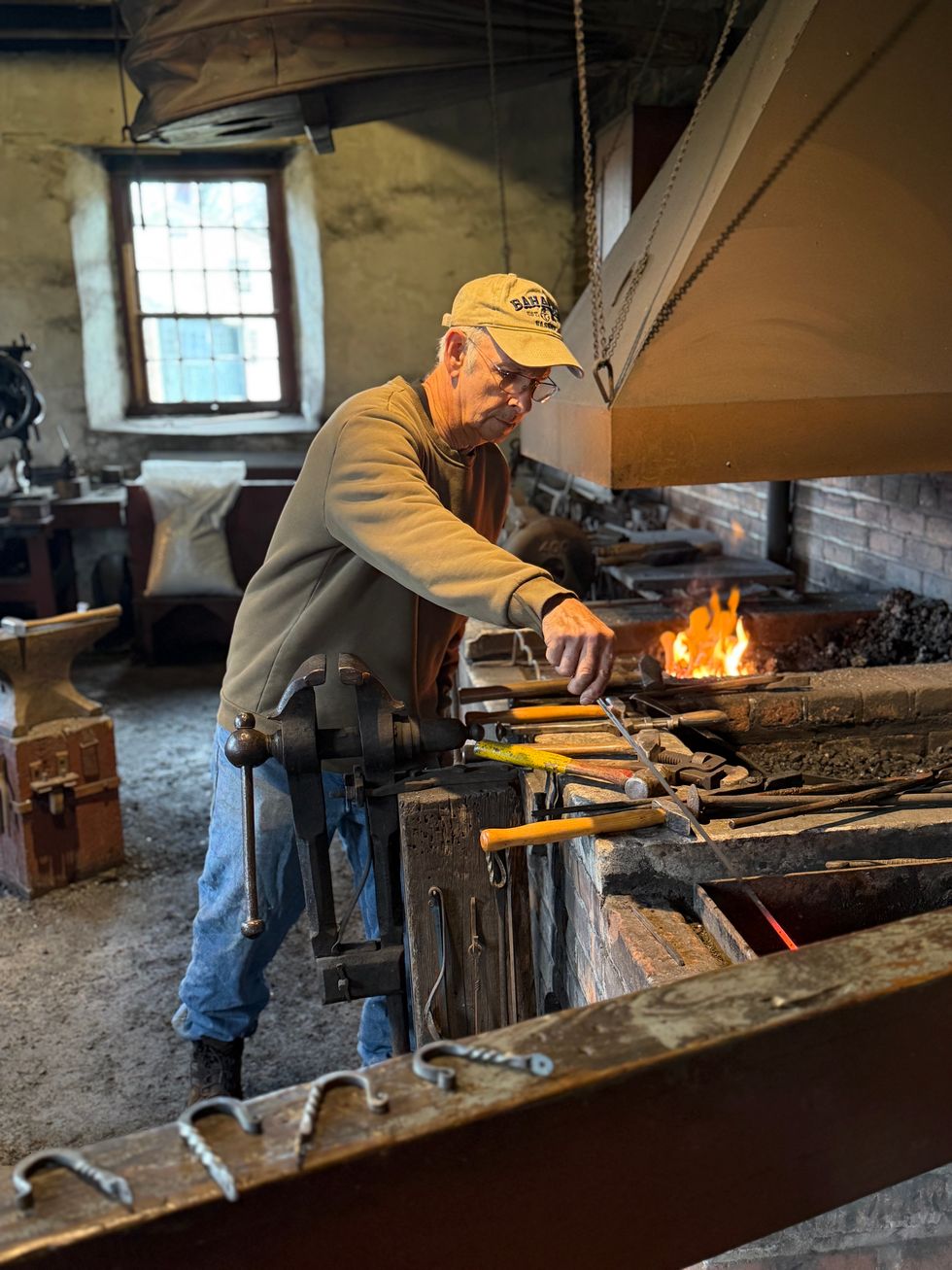
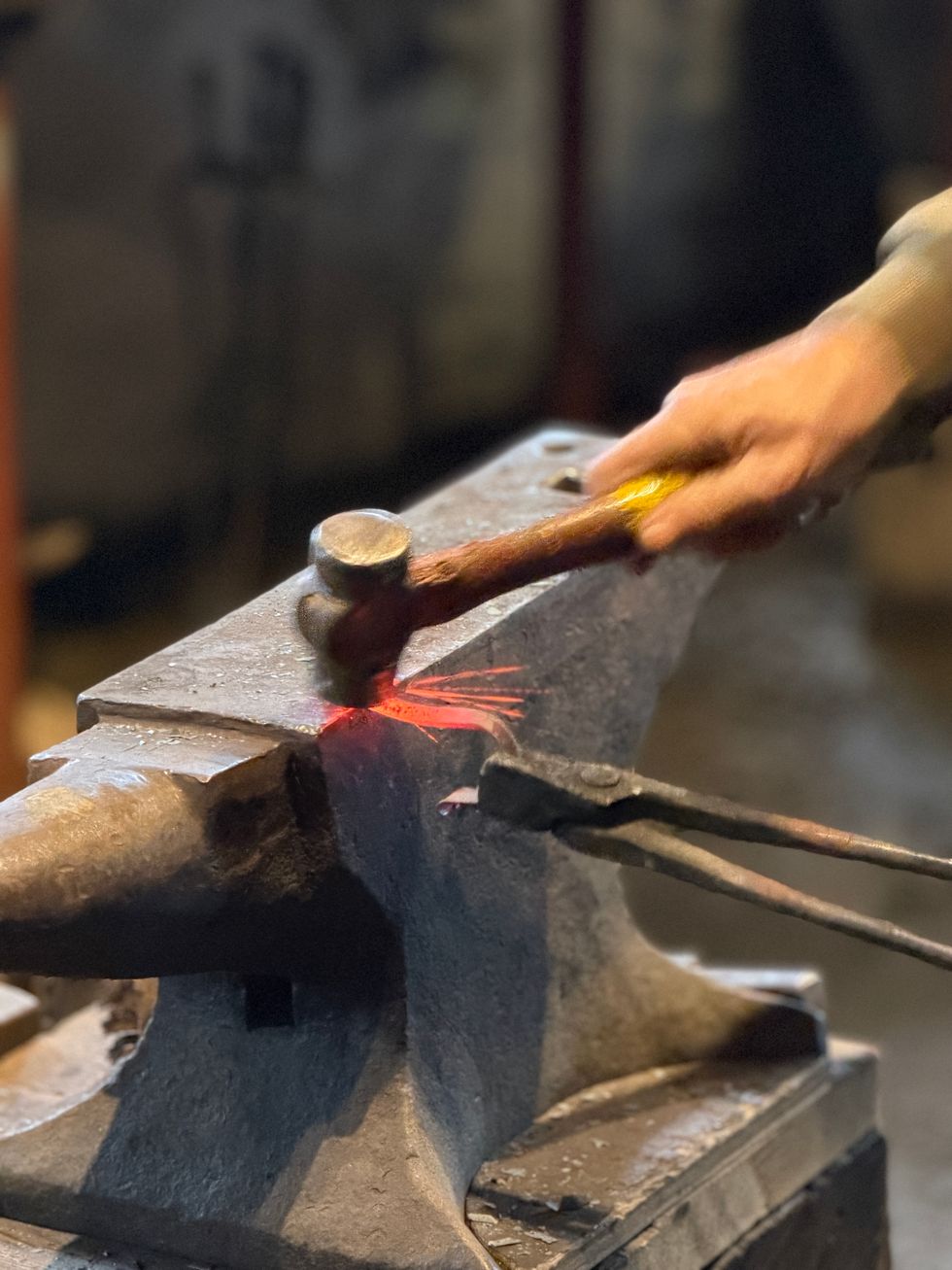
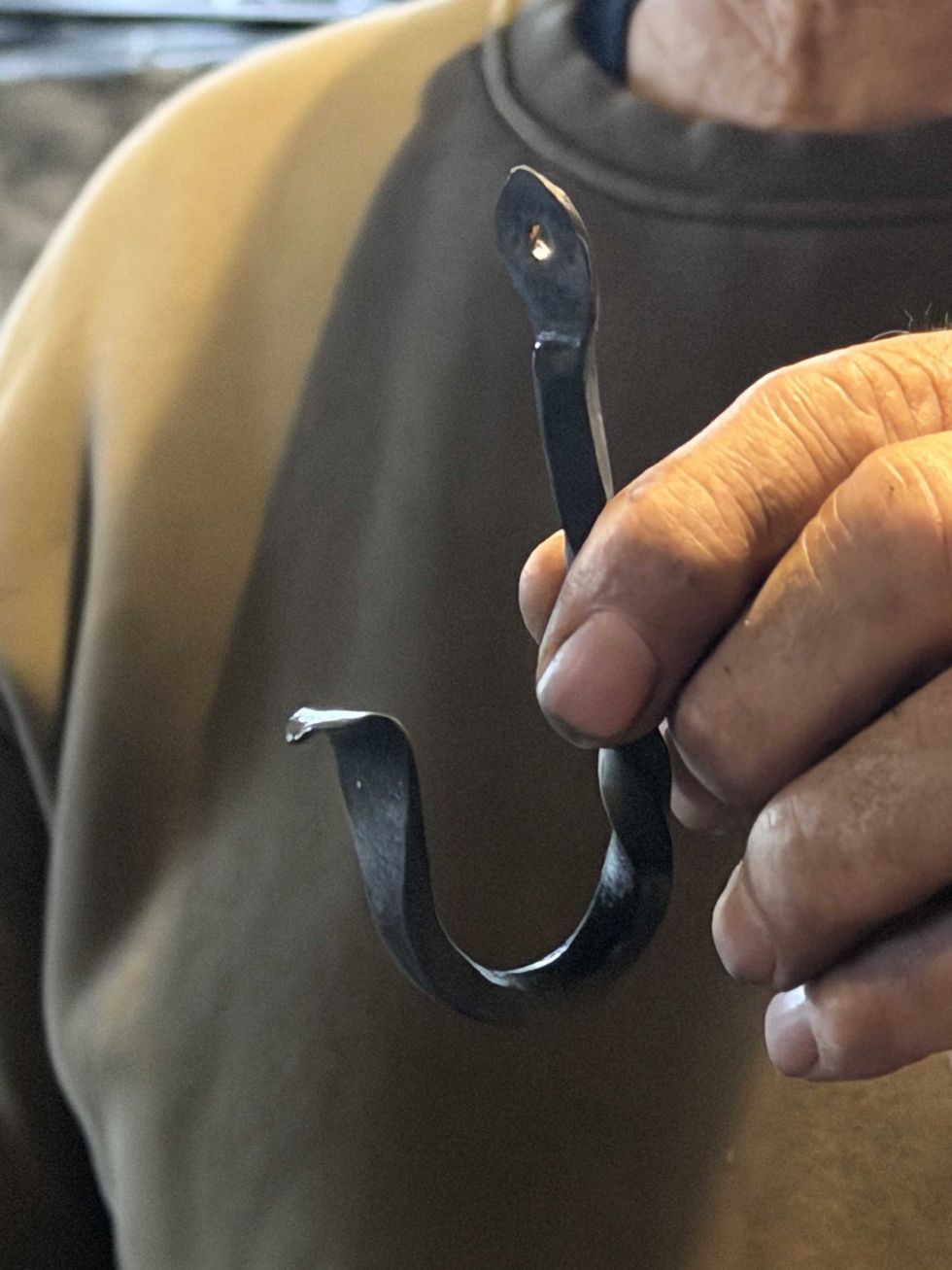
 A Shaker chair.Jennifer Almquist
A Shaker chair.Jennifer Almquist The Shakers embraced practical designs of great utility and beauty.Jennifer Almquist
The Shakers embraced practical designs of great utility and beauty.Jennifer Almquist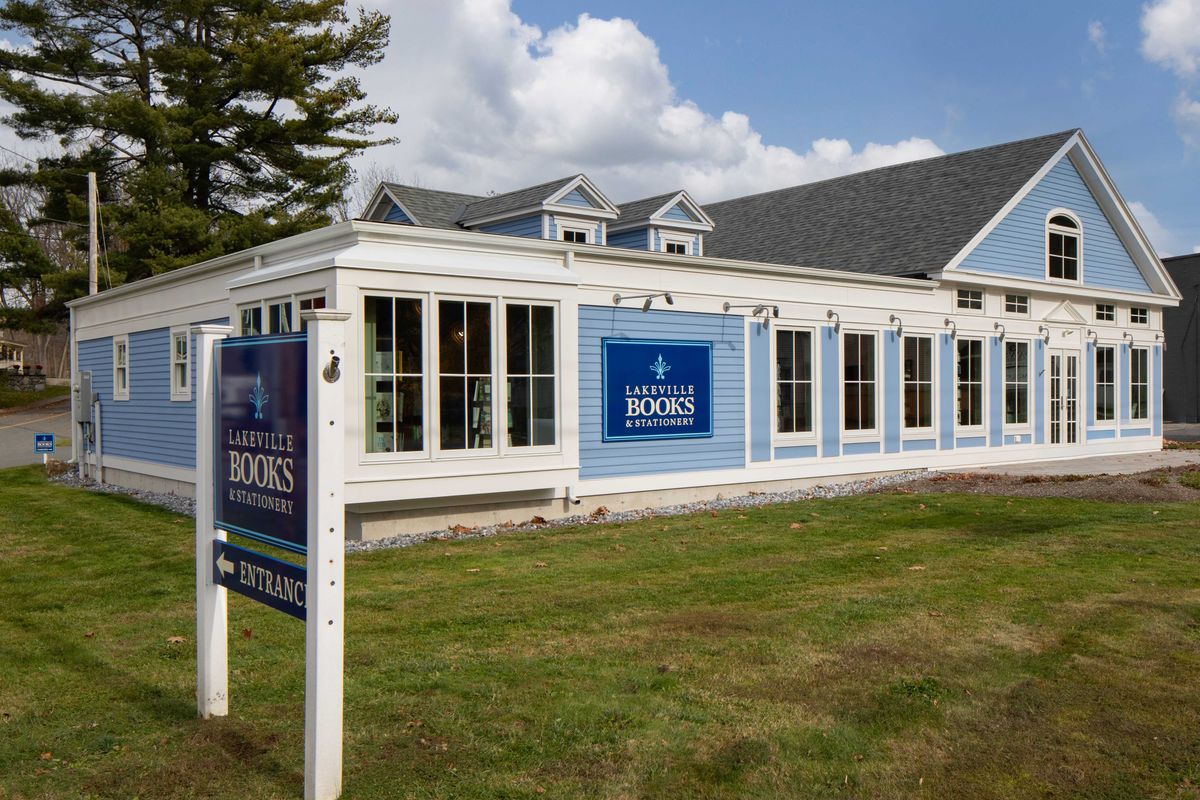
 Interior of Lakeville Books & Stationery.Provided
Interior of Lakeville Books & Stationery.Provided

